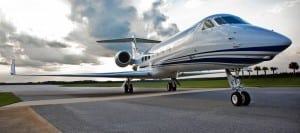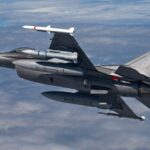
If the Air Force’s long-awaited E-8C Joint Surveillance Target Attack Radar System (JSTARS) recapitalization program doesn’t survive a Pentagon budget battle for fiscal year 2017, it’ll make the FY ’18 budget request, according to the service’s top officer.“We will continue to push hard for it. Hopefully, it makes the budget cut this year,” Air Force Chief of Staff Gen. Mark Welsh told an audience Tuesday at the Atlantic Council in Washington. “If it does not make the budget cut this…













